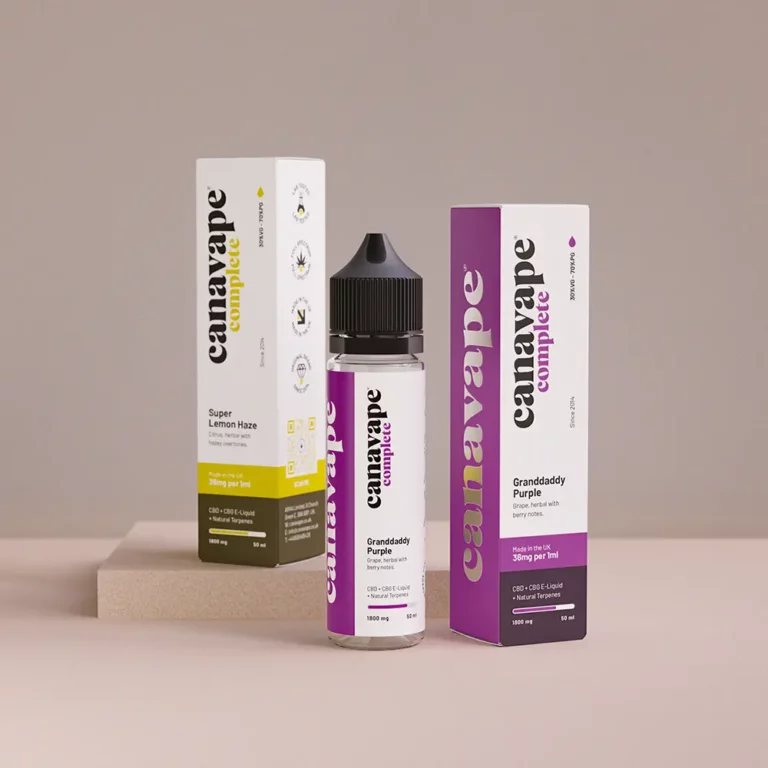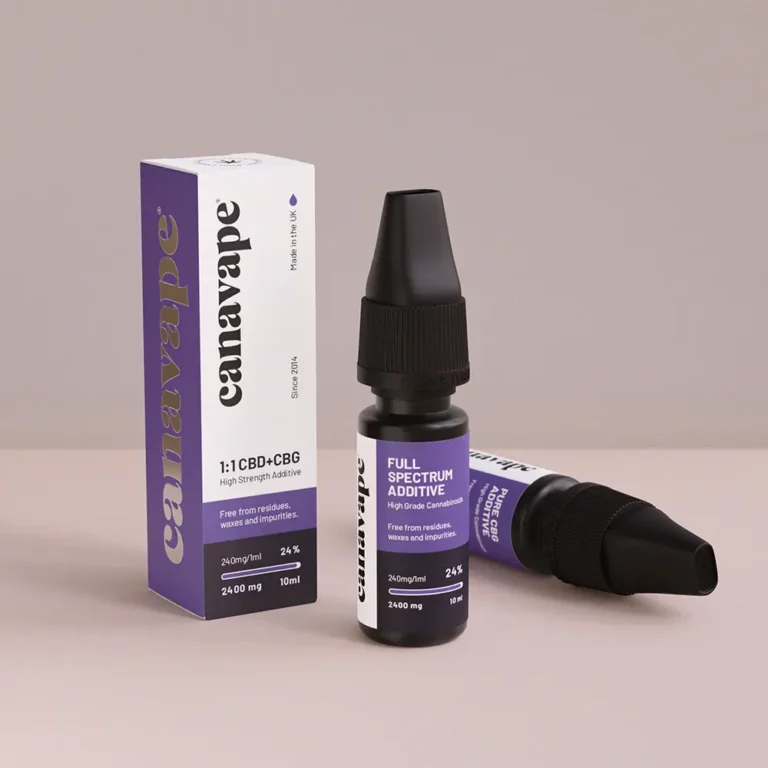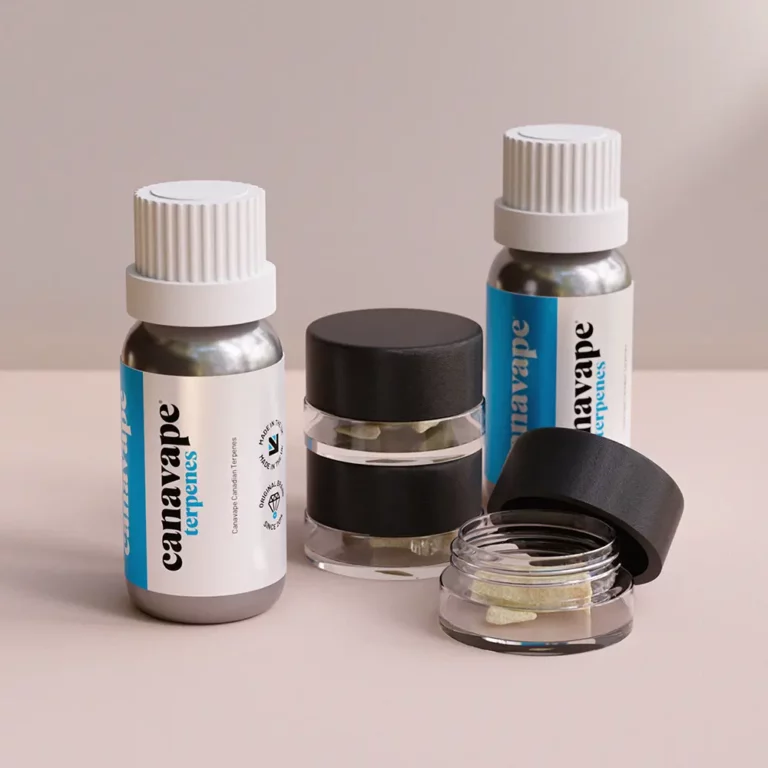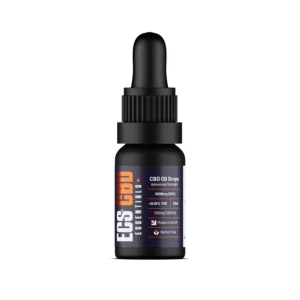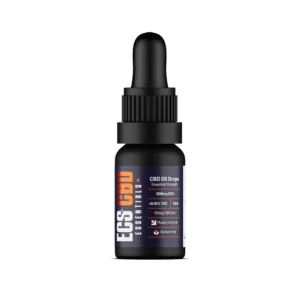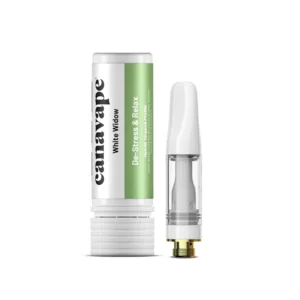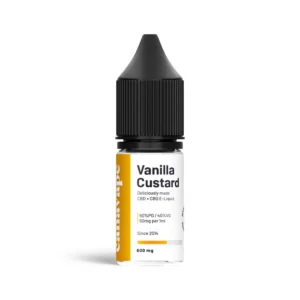Indica strains are known for their distinct terpene profiles, which contribute to their unique aromas and effects. Some of the most common terpenes found in Indica strains include myrcene, linalool, and beta-caryophyllene.
Myrcene is one of the most prevalent terpenes in Indica strains and is known for its sedative and relaxing effects. It has a earthy and musky aroma, which can help promote feelings of calm and tranquility. Myrcene is also believed to have anti-inflammatory properties, making it a popular choice for those seeking relief from pain and inflammation.
Linalool is another terpene commonly found in Indica strains, known for its floral and lavender aroma. It is often used for its calming and stress-relieving effects, making it a popular choice for those looking to unwind and relax. Linalool is also believed to have anti-anxiety and antidepressant properties, making it a versatile terpene for promoting overall well-being.
Beta-caryophyllene is a terpene found in many Indica strains, known for its spicy and peppery aroma. It is unique in that it acts as a cannabinoid by interacting with the body’s endocannabinoid system, specifically targeting CB2 receptors. Beta-caryophyllene is believed to have anti-inflammatory and pain-relieving properties, making it a valuable terpene for those seeking relief from chronic pain and inflammation.
Overall, the terpene profile of Indica strains plays a significant role in shaping their effects and aromas. By understanding the different terpenes present in Indica strains, consumers can make more informed choices when selecting a strain that best suits their needs and preferences.

